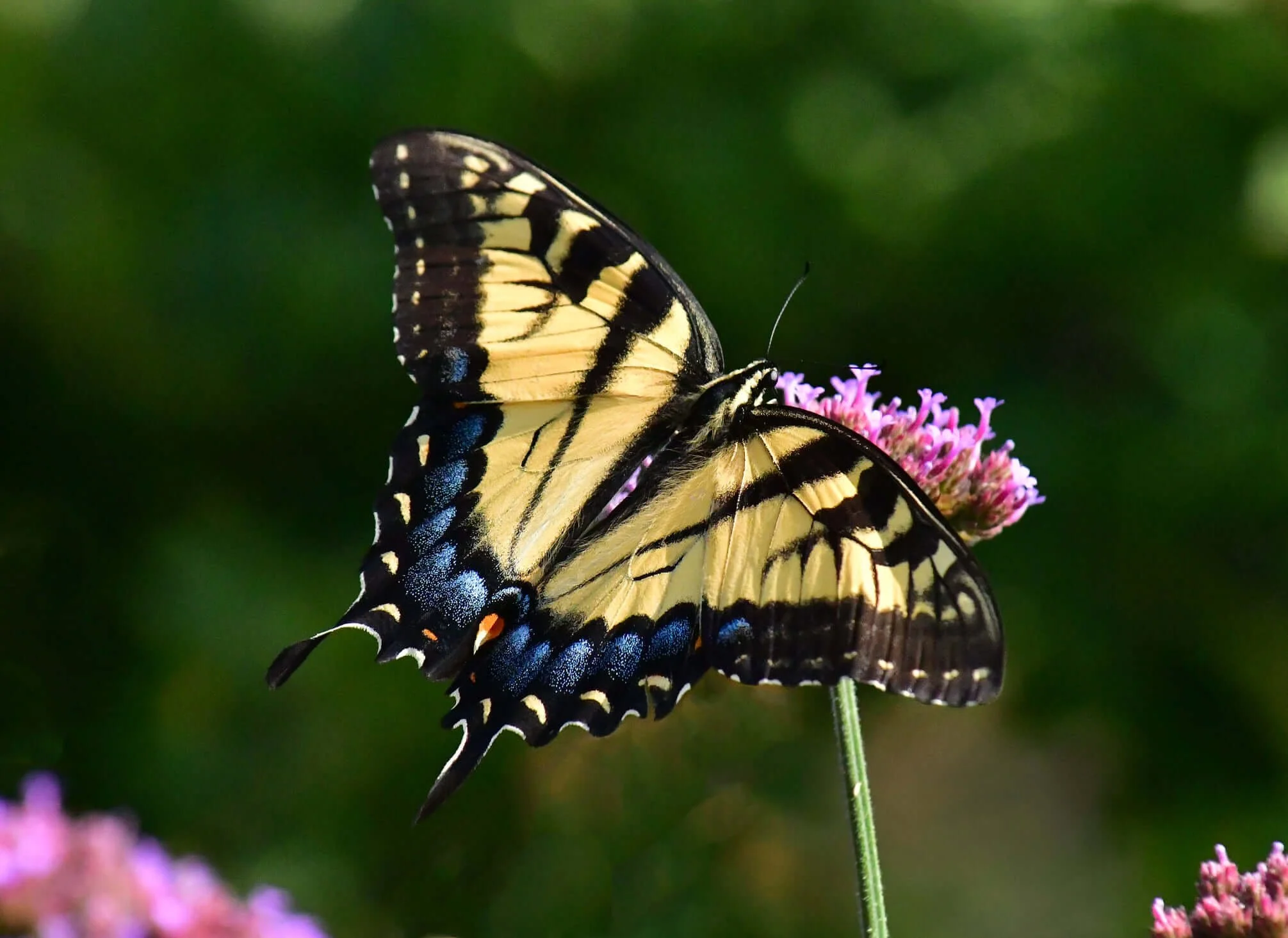Life Cycle: Perennial
Sun Exposure: Full, Partial, Shade
Soil Moisture: Medium, Medium-dry, Dry
Height: 12-30 feet
Plant Spacing: 15-20 feet
Bloom Time: April-June
Bloom Color: White
Advantages: Caterpillar Favorite, Bird Favorite, Pollinator Favorite, Edible (cooked)
Host Plant: Hummingbird Clearwing, Eastern Tiger Swallowtail, Red Spotted Purple, Cecropia moth, Polyphemus moth, and 413 species of butterflies and moths use this as a caterpillar host plant in our area (nwf.org)
Specialist Bee: Andrena fenningeri (Johnson and Colla, 2023)
Resource: Johnson, Lorraine, and Sheila Colla. A Northern Gardener’s Guide to Native Plants and Pollinators: Creating Habitat in the Northeast, Great Lakes, and Upper Midwest. Island Press, 2023

























